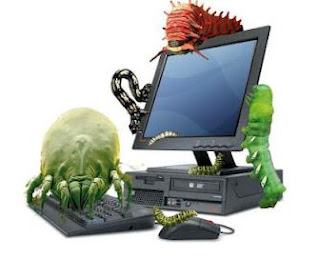Motorola SURFboard modem See more internet connection pictures.
Photo courtesy Motorola, Inc.
For millions of people, television brings news, entertainment and educational programs into their homes. Many people get their TV signal from cable television (CATV) because cable TV provides a clearer picture and more channels. (See How Cable TV Works for details.)
Many people who have cable TV can now get a high-speed connection to the Internet from their cable provider. Cable modems compete with technologies like asymmetrical digital subscriber lines (ADSL). If you have ever wondered what the differences between DSL and cable modems are, or if you have ever wondered how a computer network can share a cable with dozens of television channels, then read on. In this article, we'll look at how a cable modem works and see how 100 cable television channels and any Web site out there can flow over a single coaxial cable into your home.
Putting both upstream and downstream data on the cable television system requires two types of equipment: a cable modem on the customer end and a cable modem termination system (CMTS) at the cable provider's end. Between these two types of equipment, all the computer networking, security and management of Internet access over cable television is put into place.
Many people who have cable TV can now get a high-speed connection to the Internet from their cable provider. Cable modems compete with technologies like asymmetrical digital subscriber lines (ADSL). If you have ever wondered what the differences between DSL and cable modems are, or if you have ever wondered how a computer network can share a cable with dozens of television channels, then read on. In this article, we'll look at how a cable modem works and see how 100 cable television channels and any Web site out there can flow over a single coaxial cable into your home.
Extra Space
You might think that a television channel would take up quite a bit of electrical "space," or bandwidth, on a cable. In reality, each television signal is given a 6-megahertz (MHz, millions of cycles per second) channel on the cable. The coaxial cable used to carry cable television can carry hundreds of megahertz of signals -- all the channels you could want to watch and more. (For more information, see How Television Works.)Streams
When a cable company offers Internet access over the cable, Internet information can use the same cables because the cable modem system puts downstream data -- data sent from the Internet to an individual computer -- into a 6-MHz channel. On the cable, the data looks just like a TV channel. So Internet downstream data takes up the same amount of cable space as any single channel of programming. Upstream data -- information sent from an individual back to the Internet -- requires even less of the cable's bandwidth, just 2 MHz, since the assumption is that most people download far more information than they upload.Putting both upstream and downstream data on the cable television system requires two types of equipment: a cable modem on the customer end and a cable modem termination system (CMTS) at the cable provider's end. Between these two types of equipment, all the computer networking, security and management of Internet access over cable television is put into place.

